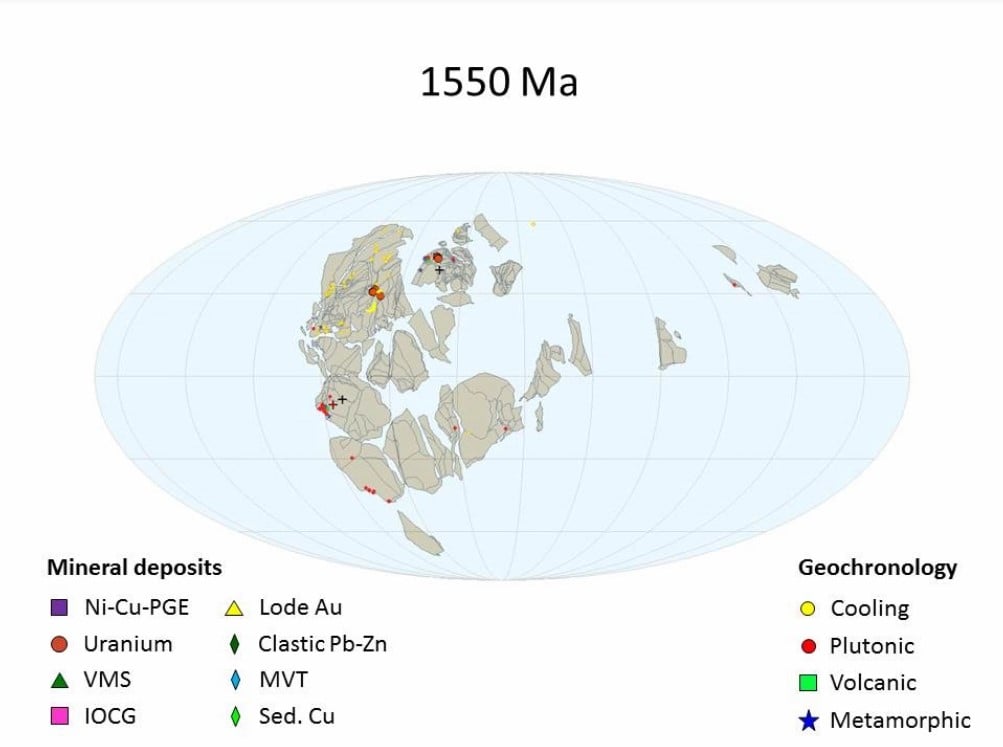Over the past few million years, the world’s continents have been sliding around the surface of Earth in various combinations and collisions. A recent study suggests new information regarding Australia’s history, indicating that a small area of the country was once part of Canada – forming a supercontinent named Nuna.
The Study
This most recent study was carried out by Researchers at Curtin University, Monash University, and the Geological Survey of Queensland in Australia. Teams from each university came together to study an interesting geological phenomenon around the small town of Georgetown. The area’s rocks bore a striking resemblance to those found in Canada, and it turns out that the two areas were once combined as part of a supercontinent known as Nuna.
Lead researcher Adam Nordsvan reports that “Our research shows that about 1.7 billion years ago, Georgetown rocks were deposited into a shallow sea when the region was part of North America. Georgetown then broke away from North America and collided with the Mount Isa region of northern Australia around 100 million years later. This was a critical part of global continental reorganisation when almost all continents on Earth assembled to form the supercontinent called Nuna.”
The idea of our world being made up of supercontinents isn’t a new revelation, with many aware of our origins in the large landmass of Pangea – fracturing around 175 million years ago. Nuna predates Pangea, however, dating back to 1.5-2.5 billion years ago.
Nuna
Nuna, also known as Columbia, was estimated to be around 12900 km from North to South at the widest part, reports Space Daily. Nuna was made up of more than just Canada and parts of Australia, however, with the eastern coast of India attached to western North America as well. At this point in our planet’s history, South America was rotated in such a way that the western edge of Brazil ended up lined up with eastern North America. The stitching together of these combined land masses gave us the supercontinent known as Nuna.
Trying to imagine how all the continent combined to form Nuna is a little difficult without any sort of visual representation, so consider taking a look at the video simulating the process – courtesy of Bruce Eglington.
There’s a lot about Nuna that we don’t know, as evidenced by the fact that we only recently discovered the connection between Australia and Canada. The origins of our planet dating back hundreds of millions of years ago are still vague in many spots, and continued research into this area will help paint a better picture of our world before the famous Pangea. With countries as far separated as Australia and Canada sharing an ancient origin, there’s no telling what new discoveries we may come across as we strive to better understand ancient Earth.





